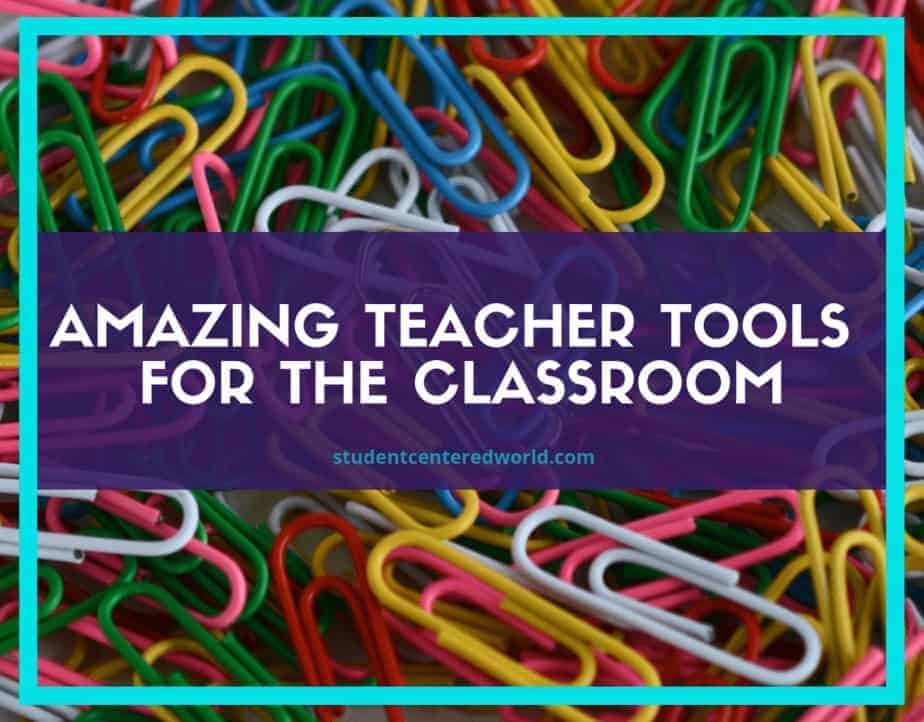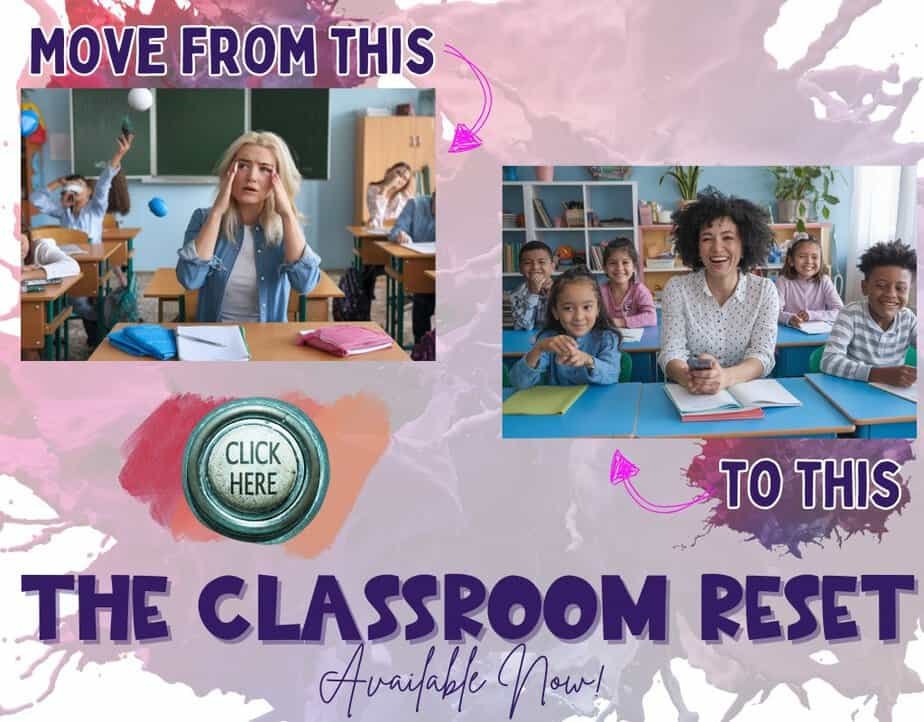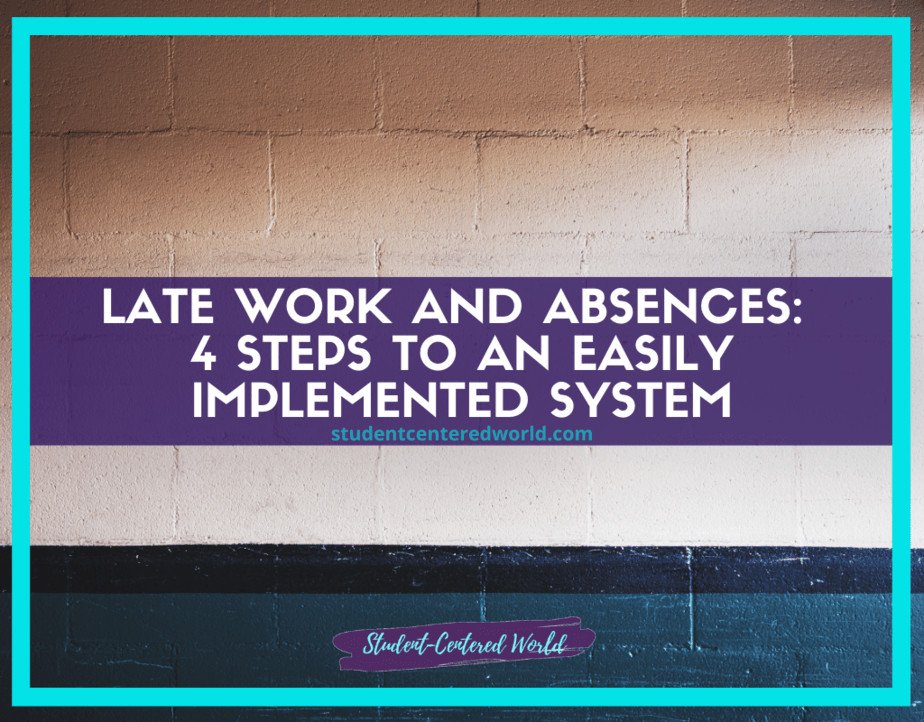Easy Brain Breaks for Kids in the 21st Century Classroom
Many educators wonder, “What are brain breaks in the classroom?” Brain breaks are short breaks that give students (and teachers!) a chance to reset, recharge, and refocus. Research shows that students who take movement breaks perform better academically, manage stress more effectively, and stay more mindful.
Brain breaks are short, intentional pauses during tasks that offer significant cognitive and emotional benefits. By allowing the prefrontal cortex, the brain’s focus center, to reset, these breaks improve attention, memory retention, and problem-solving. Research suggests scheduling them every 20-30 minutes to maximize their effects. Beyond mental clarity, breaks reduce stress by lowering cortisol levels, which is especially helpful for children managing academic pressure.
(This post may contain affiliate links that won’t change your price but will share some commission. As an Amazon Associate, I earn from qualifying purchases. Please read our disclosure policy for more information.)
Movement-based breaks enhance blood flow and neurotransmitter release, while creative or social activities boost mood through dopamine and oxytocin.
There are many different theories out there about how much time you need to take to do your best work. I once read that 52 minutes on and 17 minutes off is the most productive. You may be familiar with the Pomodoro Technique of productivity (ad). No matter what method you have heard of, one thing is the same across the board: it is documented that the human brain needs time to relax in order to perform at its best.
Why Do Kids Need Brain Breaks?
We’ve all experienced moments when our focus drifts, no matter how hard we try, we just can’t concentrate. The same happens to students. Brain breaks provide a mental break, helping them return to work tasks with renewed energy.
Studies suggest that the human brain works best with periodic rest. Adults often take short walks or coffee breaks, yet students are expected to stay seated for long periods. But why should kids be any different? Brain breaks for kids are just as essential as they are for adults.

It’s odd because so many of us were taught that you need to sit down and pay attention. If you’re quiet, it means you are paying attention. The more we learn about the brain, especially the brain of a child (ad), we know that they simply don’t have the capacity to do this and they need to move. Instead of trying to require them to behave in a way that they are not naturally programmed for, why wouldn’t we come up with opportunities for them to learn what to do with that and actually gain the ability to focus in the meantime? Brain breaks for kids seem like the obvious answer.
Many people have the idea that kids should be able to sit still because kids years ago were, in fact, able to sit still. They would go to school they would complete the learning and they would come home. So why shouldn’t kids today be able to do so? The issue isn’t that inside school has changed, the problem is that outside school has changed.
By far, one of the best articles I have seen that breaks down this modern phenomenon is titled, Why So Many Kids Can’t Sit Still in School Today. In this article, authors Valerie Strauss and Angela Hanscom explain that students are coming to school ill-prepared to be able to focus because of their body structure.
Years ago when kids were in school they were playing, they were active, they were spinning in circles, rolling down hills, and climbing trees. To add to this issue, Hanscom explains, “Recess times have shortened due to increasing educational demands, and children rarely play outdoors due to parental fears, liability issues, and the hectic schedules of modern-day society. Let’s face it: Children are not nearly moving enough, and it is really starting to become a problem” and really helps hone in on why brain breaks for kids are so important.
Today, more and more kids are stationary and sitting in an upright position. With the rise of technology comes a decrease in child movement, and that literally makes their bodies physically unable to sit still. They are constantly wiggling and moving because they don’t have the appropriate muscle structure that supports sitting still for long periods of time. Couple that with the modern human’s attention span decreasing dramatically and you have a recipe for students who literally cannot sit still.
Why do we need brain breaks for kids? Because their bodies physically can’t handle NOT having them. Hanscom explains, “Ironically, many children are walking around with an underdeveloped vestibular (balance) system today–due to restricted movement. In order to develop a strong balance system, children need to move their bodies in all directions, for hours at a time.
Despite their benefits, misconceptions persist. Some believe breaks waste time, but in reality, they enhance productivity by preventing burnout. Others assume breaks must be long or physically active to work, yet even brief, quiet pauses (like deep breathing) can recharge the brain effectively. The key is variety: alternating movement (e.g., dancing), mindfulness (e.g., guided breathing), creativity (e.g., doodling), and social breaks (e.g., group games) keep engagement high.
The Science Behind Brain Breaks
Today’s students face unique challenges. Unlike previous generations, many children spend less time playing outside and more time in front of screens. This lack of movement affects their ability to sit still and focus. According to experts, kids today often have underdeveloped balance and sensory systems because they don’t move enough.
Classroom brain breaks help by:
- Increasing blood flow and oxygen to the brain
- Reducing excess energy and restlessness
- Improving concentration and productivity
It’s not just fluff, either. There is research that backs up the benefits of brain breaks for kids and it isn’t just from some quick classroom observations. In Andrew Thurston’s article Moving to Improve, he looks at several studies that show the benefits of students getting up and moving around and their concentration and productivity levels because of it. He also talks to several teachers who have effectively incorporated brain breaks for kids into their classrooms several times a day.
One key point that he notes is that even though most teachers recognize the importance of having students move (they’re supposed to get 60 minutes of activity a day, for goodness sake), many of them are afraid to incorporate brain breaks for kids due to the fear that it is an interruption and will lead to unnecessary disruption. This is purely a myth. With the correct implementation and knowledge on how to properly incorporate brain breaks, they are seamless and well received in the classroom (at any age).
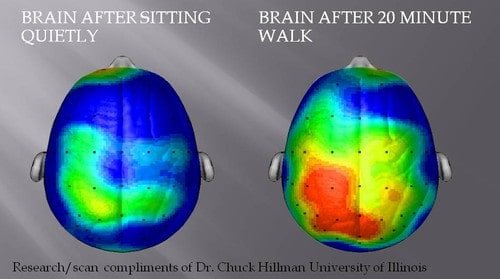
For optimal results, tailor breaks to age and context. Younger children thrive on sensory and movement activities (like animal walks), while preteens may prefer peer-led yoga or tech-assisted mindfulness. Teachers and parents should model breaks, use timers for consistency, and create dedicated spaces with flexible seating or calming visuals. Avoid pitfalls like overstimulation, punitive use, or skipping breaks during challenging tasks…these undermine their purpose.
Best Brain Break Activities for Kids
Brain breaks don’t have to be complicated, even a quick stretch or a short walk can make a difference. The key is to keep them simple, engaging, and effective. Whether it’s a five-minute dance party to shake out wiggles or a calming breathing exercise to reset focus, these short breaks help students recharge without disrupting the flow of learning. Movement breaks can be tailored to fit any classroom environment, from high-energy activities like jumping jacks to quieter options like mindful coloring.
The goal is to give students a mental and physical pause, allowing them to return to their work refreshed and ready to concentrate. There are so many different types of brain breaks that you will certainly find something that your students love AND is effective for your needs.
Practical strategies include pairing breaks with hydration or healthy snacks, curating tech tools mindfully (e.g., meditation apps), and tracking effectiveness through behavioral cues (e.g., improved focus post-break). Ultimately, brain breaks succeed when they’re simple, joyful, and woven into daily routines, whether it’s a two-minute dance party or a silent moment of reflection. By prioritizing these pauses, we equip learners with lifelong self-regulation skills while making the process of learning more sustainable and engaging.
Here are some of the best ways to incorporate movement breaks into any classroom: Start by observing your students: notice when their energy dips or focus wavers, and use that as a cue to introduce a brain break. Consistency is key; establishing a routine helps students anticipate and benefit from these pauses. You can tie brain breaks to transitions between subjects or use them as rewards for completing tasks. Even older kids, who may resist at first, often come to appreciate these quick respites.
The best brain breaks are flexible, adaptable, and, most importantly, fun, ensuring students stay engaged while giving their brains the reset they need.
1. Brain Break Bingo
This interactive game keeps kids motivated while incorporating movement, mindfulness, and quick challenges. Create a bingo board with a mix of activities, some energetic (like jumping jacks or a scavenger hunt), some calming (like yoga poses or breathing exercises), and some brain-teasing (like trivia questions or math problems).
To play, students complete activities to mark off squares, working individually or as a class. When they finish a row, celebrate with a reward, maybe a dance party, extra recess, or even a fun TikTok-style challenge. The variety keeps things fresh, and the game format adds excitement to these essential breaks.
Want an easy, ready-to-use version? Check out this pre-made Brain Break Bingo game on Teachers Pay Teachers: Brain Break Bingo Game. It’s perfect for elementary classrooms and includes a mix of movement breaks and quick mental resets. Whether you’re looking for a structured brain break system or just a fun way to mix up transitions, this bingo game is a great tool to keep students engaged and energized throughout the day!
2. Coloring Bulletin Boards
Great for elementary school through high school, coloring bulletin boards let students take a quick brain break by filling in a small section before returning to work. The repetitive, mindful nature of coloring helps students decompress and refocus, making it an ideal transition activity between lessons or during stressful moments. Teachers can use intricate mandalas, geometric patterns, or even curriculum-related images to tie the activity to learning.
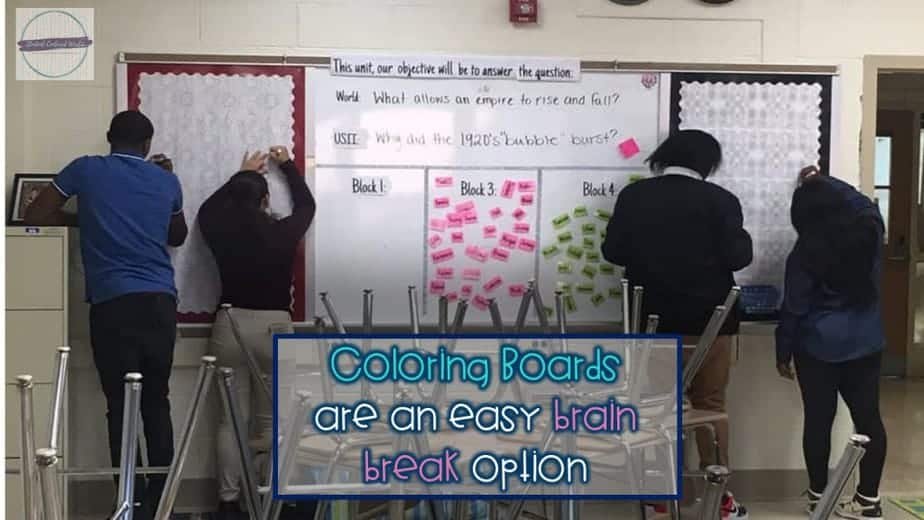
Surprisingly, even older kids enjoy this calming activity! While teens might initially scoff at coloring, many secretly appreciate the chance to zone out and reset during demanding classes. It’s a screen-free, low-pressure way to manage stress and recharge mental energy. For students with sensory processing issues, the tactile experience can be particularly soothing. Best of all, it requires zero prep, just post the design and provide markers. The communal aspect also builds classroom community as students collaborate on completing the artwork together over time.
3. GoNoodle
Perfect for younger kids, GoNoodle offers short, interactive videos that get kids moving while reinforcing learning concepts. These engaging brain breaks combine physical activity with educational content, making them ideal for burning off excess energy while sneaking in valuable lessons. Teachers love how the platform provides ready-to-use movement breaks that require zero prep time…just press play and let the fun begin! From dance-along songs to mindfulness exercises, GoNoodle’s variety keeps students excited while helping them refocus.
The platform cleverly disguises learning as play, with videos covering everything from math facts to vocabulary building through movement. Whether it’s a quick wiggle break between subjects or a full-class dance party reward, GoNoodle delivers age-appropriate content that makes physical activity irresistible to elementary students. The best part? Kids don’t even realize they’re learning as they jump, stretch, and groove their way through these energizing brain breaks!
4. Pictionary or Charades
A classic game that doubles as a creative brain break, Pictionary and Charades transform review sessions into energetic classroom moments. Students either draw or dramatically act out vocabulary words, key concepts, or historical figures, turning what could be rote memorization into an engaging, laughter-filled activity. This approach not only reinforces learning through multiple modalities but also gives kinesthetic learners a chance to shine.
Making it a great way to review material while having fun, these games naturally incorporate movement and teamwork. The competitive element keeps students motivated, while the creative interpretation of concepts deepens understanding. Teachers can easily adapt the difficulty for different grade levels, using unit-specific terms or cross-curricular connections. Whether played in teams or as a whole-class challenge, these timeless games deliver meaningful learning disguised as pure entertainment – the perfect recipe for an effective brain break that students will beg to play again!
5. Scavenger Hunts
Hide objects around the classroom or schoolyard and have students search for them in an educational scavenger hunt that gets brains and bodies moving. This interactive brain break works particularly well for large groups, as it can accommodate entire classes while maintaining engagement through friendly competition. Teachers can hide physical items or printed clues that relate directly to current lessons – science classes might hunt for labeled rock samples, while literature students could search for quotes from their latest novel.
This works well for large groups and can be tailored to different subjects, making it one of the most versatile brain break activities. For math review, hide problems around the room with students solving each one they find. History classes might search for timeline events to sequence. The thrill of discovery keeps energy high while reinforcing content. Plus, the physical movement of searching helps students return to seatwork more focused. Best of all, you can make it as simple (find five blue items) or complex (solve riddles to locate hidden vocabulary words) as needed for any grade level!
6. Dance Party
A high-energy fun brain break that helps burn off excess energy, the spontaneous dance party is one of the simplest yet most effective ways to reset a restless classroom. Just press play on any upbeat, school-appropriate song (think current hits or classic kid-friendly tunes) and watch as students instantly light up with joy. There are no rules or choreography to follow, just the freedom to freestyle dance for two to three minutes lets kids express themselves while getting their wiggles out.
Play a short song and let students freestyle dance before returning to their seats for an instant mood booster that also improves focus. Teachers often notice an immediate difference in engagement levels after this type of movement break. The combination of music, laughter, and physical exertion releases endorphins while giving brains a much-needed pause from academic work. For added structure, try occasional theme days (silly dance moves only) or quick dance battles.
This zero-prep activity works equally well as a planned transition between subjects or as an impromptu solution when you notice energy levels dipping. The best part? You’ll probably find yourself dancing along too!
7. Whisper Down the Lane (Telephone)
A calming game where students pass a phrase along in whispers, “Telephone” (also known as “Whisper Down the Lane”) offers the perfect low-energy brain break that sharpens focus while bringing the class together through laughter. As students carefully listen and quietly relay the message from peer to peer, they practice active listening skills and clear articulation – all while trying to maintain the original phrase’s integrity. The suspense builds as the message travels, and when the final student reveals what they heard, the usually garbled result creates a fun, lighthearted moment that relieves tension.
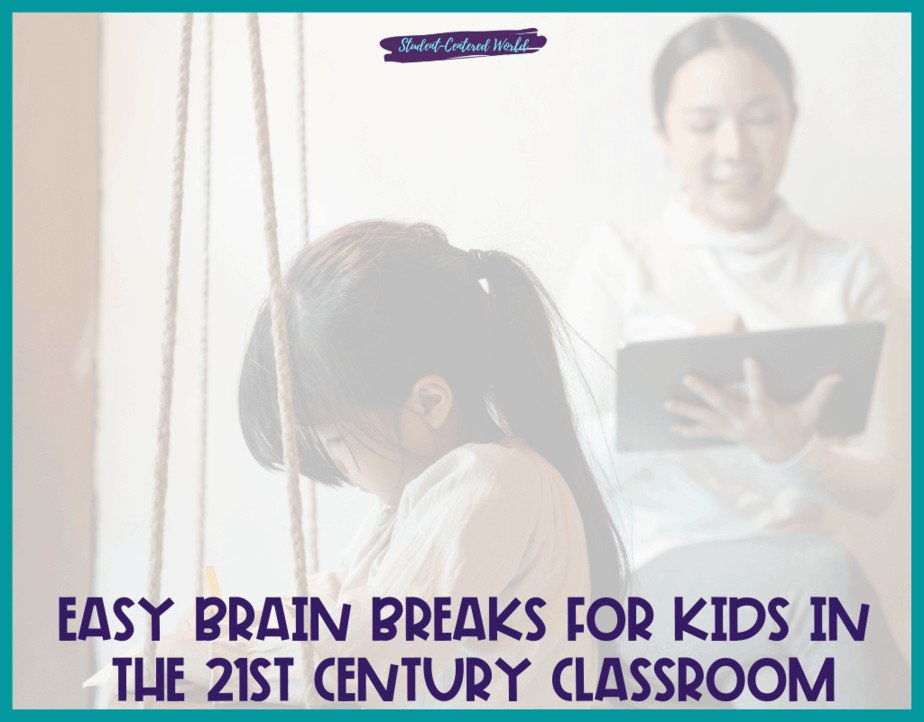
By the end, the message is usually hilariously different, a great way to practice listening skills while giving students a mental reset. This classic game requires no materials or prep, making it ideal for those moments when the class needs to quiet down but could still benefit from an engaging activity. Teachers can use curriculum-related vocabulary or phrases to reinforce content or stick to silly sentences purely for fun. Either way, students learn valuable lessons about communication breakdowns while enjoying a peaceful break from more demanding tasks. The simplicity of Telephone makes it endlessly adaptable for any grade level or subject area!
8. Breathing Exercises
Simple deep-breathing techniques help students relax, especially those with sensory processing issues who benefit from structured, calming inputs. Guided exercises like “flower breaths” (inhaling an imaginary flower’s scent) or “balloon breaths” (visualizing filling the belly like a balloon) give students concrete tools to self-regulate during stressful moments. These mindful pauses can be done seated at desks or in a circle on the floor, requiring just 60-90 seconds to reset nervous systems.
Take this up a level if you have the opportunity to do this outside, even as a large group, and utilize some fresh air! An outdoor breathing break amplifies the benefits, the change of scenery, natural light, and fresh oxygen boost the calming effects. Try “cloud breathing” where students lie on grass watching clouds while practicing slow inhales/exhales, or “tree breaths” where they stand tall like oaks while breathing deeply. These nature-connected variations work particularly well after recess transitions or before high-stakes testing.
The combination of mindful breathing and outdoor time delivers a powerful double dose of regulation, helping entire classes return focused and centered. Best of all, these techniques equip students with lifelong stress-management tools they can use anywhere!
9. Traditional Games (Simon Says, Heads Up)
Games like Simon Says or Heads Up (ad) get students moving and laughing while reinforcing focus, offering the perfect balance of structure and fun for classroom brain breaks. These traditional games require minimal setup and can be adapted to any curriculum…try “Science Says” with lab safety rules or “History Heads Up” with famous figures. The beauty lies in how they command attention while feeling like play, making them ideal when students need to reset but don’t have much time for lengthy activities.
The rapid-fire nature of these games means you can squeeze in a 3-5 minute session between lessons without disrupting the day’s flow. Simon Says brilliantly builds listening skills as students physically respond to commands, while Heads Up encourages quick thinking and teamwork as classmates give clues. Neither requires much time to explain, yet both deliver maximum engagement and movement. For older students, amp up the challenge with academic vocabulary or subject-specific directives.
I remember my 7th grade English teacher would have us play Simon Says frequently. We thought she was just being quirky, but now I understand what she was doing.
These timeless games prove you don’t need elaborate plans or materials to give students an effective, energizing break that sharpens their focus for the next learning task!
10. Sensory Bins
Fill bins with rice, sand, or other household items for tactile exploration to create soothing sensory stations that serve as perfect self-regulation tools. These hands-on brain breaks work wonders for students who benefit from tactile input, especially those with sensory processing needs or anxiety. The repetitive motion of running fingers through materials provides calming proprioceptive feedback while allowing minds to quietly recharge.
Ideal for individual or small-group breaks, sensory bins can be themed to the curriculum (burying magnetic letters in rice for phonics practice) or kept purely therapeutic (colored sand with rakes for pattern-making). The contained mess makes them classroom-friendly, and rotating materials (kinetic sand one week, dried beans the next) maintain novelty. For students who struggle with transitions or focus, just 3-5 minutes at a sensory station can work wonders in resetting their nervous systems.
Best of all, these bins require minimal prep, just grab a plastic tub and fill it with whatever textured materials you have on hand for an instant, customizable brain break that meets diverse student needs!
How Often Should Kids Take Brain Breaks?
The frequency of brain breaks depends on age and attention span, but experts recommend short breaks every 20-30 minutes for younger kids and 45-60 minutes for older students. These intentional pauses help prevent mental fatigue while boosting retention and engagement. The format can vary widely based on available time and space, from quick seated stretches at desks to more elaborate movement activities in open areas.
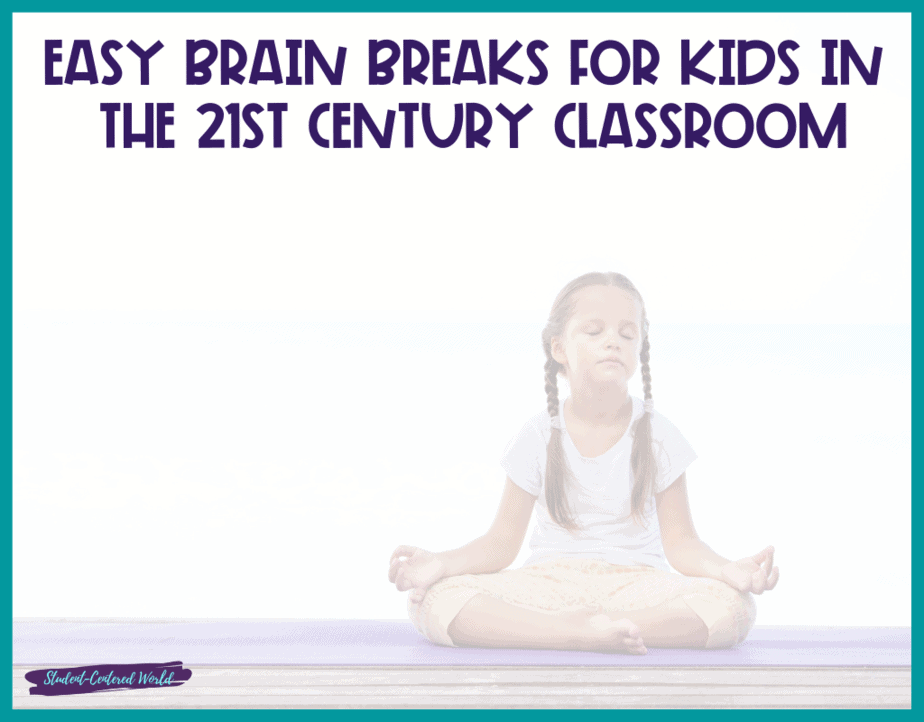
Even just a minute of movement can make a big difference in resetting focus and energy levels. Teachers often notice dramatic improvements in on-task behavior after brief but purposeful interruptions to sedentary work. Anything as simple as a few moments of deep breathing, a round of silent “seat dancing,” or taking time to play age-appropriate board games can be efficient, effective ways to recharge young minds.
The key is consistency, building these pauses into the daily rhythm helps students anticipate and benefit from them. Whether it’s a thirty-second wiggle break or a five-minute collaborative game, these intentional pauses give brains the refresh they need to maintain optimal learning throughout the day!
Final Thoughts
Brain breaks aren’t just a fun way to pass time, they’re a great way to enhance learning by giving young minds the necessary reset to process and retain information more effectively. Neuroscience shows these purposeful pauses actually strengthen neural pathways, making them as crucial to academic success as the lessons themselves. Whether through physical activity that gets blood flowing, creative brain breaks that engage different cognitive skills, or traditional games that build classroom community, each format offers unique benefits that support whole-child development.
These short pauses help students reset and return to work time with better focus and renewed mental energy. Teachers often report dramatic improvements in behavior, participation, and task persistence after implementing regular brain breaks. The magic lies in their versatility, a two-minute breathing exercise can calm an overstimulated class just as effectively as a five-minute dance break can energize a sluggish one.
By incorporating movement breaks, teachers can support students’ mental and physical well-being while boosting classroom performance in measurable ways. Research confirms that schools using brain breaks see improved test scores, fewer disciplinary issues, and higher student engagement. These practices are particularly vital in today’s classrooms, where sedentary screen time often dominates both school and home life.
So why not try a few brain-break activities today? Start small with “mirror movements” where students copy your motions, or try “desk drumming” using pencils on tabletops. Your students (and their brains) will thank you…with improved attitudes, stronger focus, and better learning outcomes that prove the transformative power of well-timed, well-chosen pauses in the school day.
These aren’t distractions from learning, they’re the secret weapon for deeper, more joyful learning!
This post was originally published on January 14, 2020.
